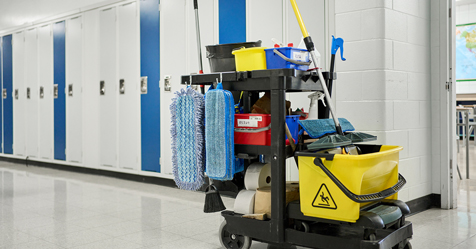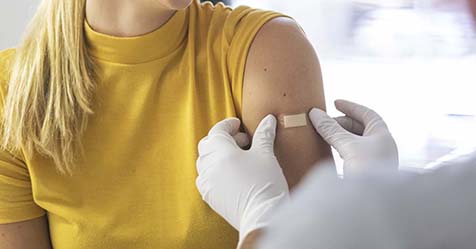Surface Transmission of Coronavirus Not as Prevalent as Airborne Transmission
Early in the coronavirus pandemic, published studies on the transmission of the SARS-CoV-2 virus found that it lived on surfaces from three, six, nine to 28 days and in cold temperatures. These findings lead to an increase in surface cleaning and disinfecting by cleaning professionals and the public, causing the public to hoard disinfecting and cleaning supplies, limiting inventory at stores and supply chains.
However, many experts are now saying the most common transmission method of the coronavirus is person-to-person contact. Specifically, the virus is most likely to spread through an infected person’s droplets from sneezing, coughing, or talking loudly. The U.S. Centers for Disease Control and Prevention (CDC) have confirmed this airborne transmission method.
National Public Radio (NPR) discussed the surface transmission of the SARS-CoV-2 virus with experts who reveal this method of transmission is not as prevalent as originally thought.
The early studies were conducted with untypically large amounts of the virus on surfaces in labs, not with more realistic amounts in real-life scenarios. It was assumed that individuals contracted the virus when they touched a contaminated surface.
Many individuals are still disinfecting packages, groceries, surfaces, and high-touch areas with wipes and sprays. Lindsey Marr, an engineering professor at Virginia Tech who studies airborne transmission of infectious disease, told NPR that just focusing on this was “overkill.”
“All evidence points toward breathing in the virus from the air as being the most important route of transmission,” Marr said.
Although people should not stop cleaning and disinfecting high-touch surfaces, they also need to clean the air. Kevin Fennelly, a respiratory infection specialist with the National Institutes of Health, agrees. “It would be better to use ultraviolet germicidal irradiation, which we know can kill these viruses in the air,” he said.
Emmanuel Goldman, a microbiologist at Rutgers University, told NPR that the chances of becoming infected by touching a contaminated surface is low. Goldman explained that the ribonucleic acid (RNA) of the virus that is found on the surfaces is like “the corpse of the virus” because it is what is left after the virus dies. “The virus is very fragile in the environment—it decays very quickly,” he added.
Delphine Farmer, an atmospheric chemist at Colorado State University, added that many individuals were making cleaning mistakes, like using a combination of bleach and vinegar to clean groceries, which causes chlorine gas and can make people ill.
Instead of solely concentrating on surface cleaning, it is best to avoid contamination by wearing a mask, social distancing, and washing your hands frequently, according to the experts.


